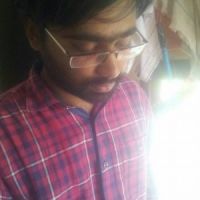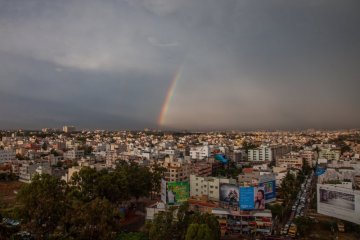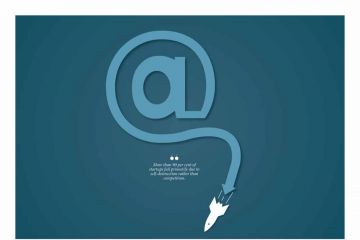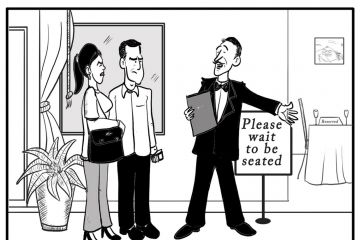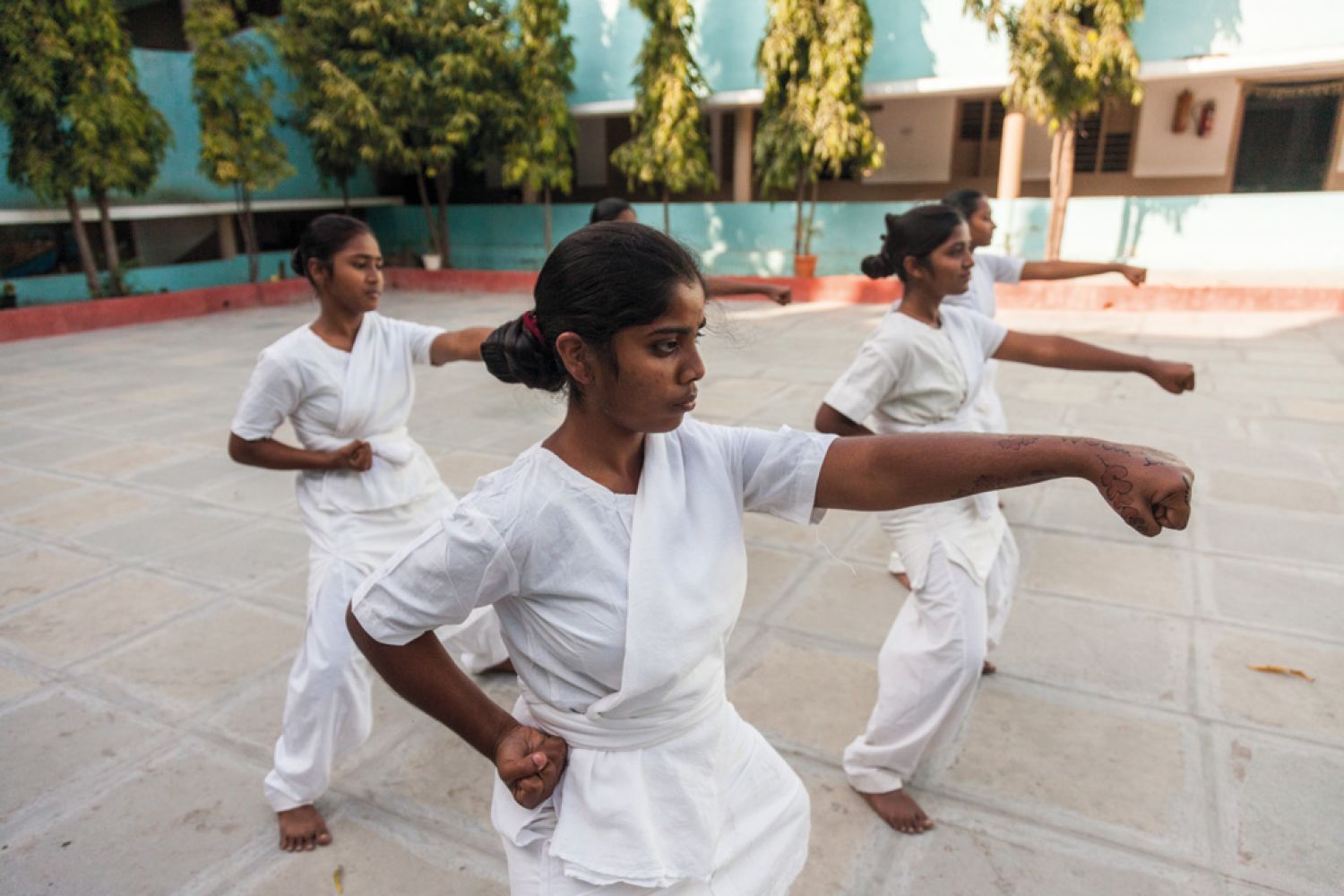
At home, at school
There are no theatres in Nagaraju’s village. But he caught
his favourite Telugu movies and the occasional Hindi film on television and
disc players. Nagaraju hails from Parakaturu, a remote village in the
Mahbubnagar district of Andhra Pradesh. The son of a farmer, he says he never
dreamt he would ever visit the exotic locales he saw in these films. “We were
too poor,” he says.
Later, in Hyderabad, he saw movies on the multiplex screen
that brought t

